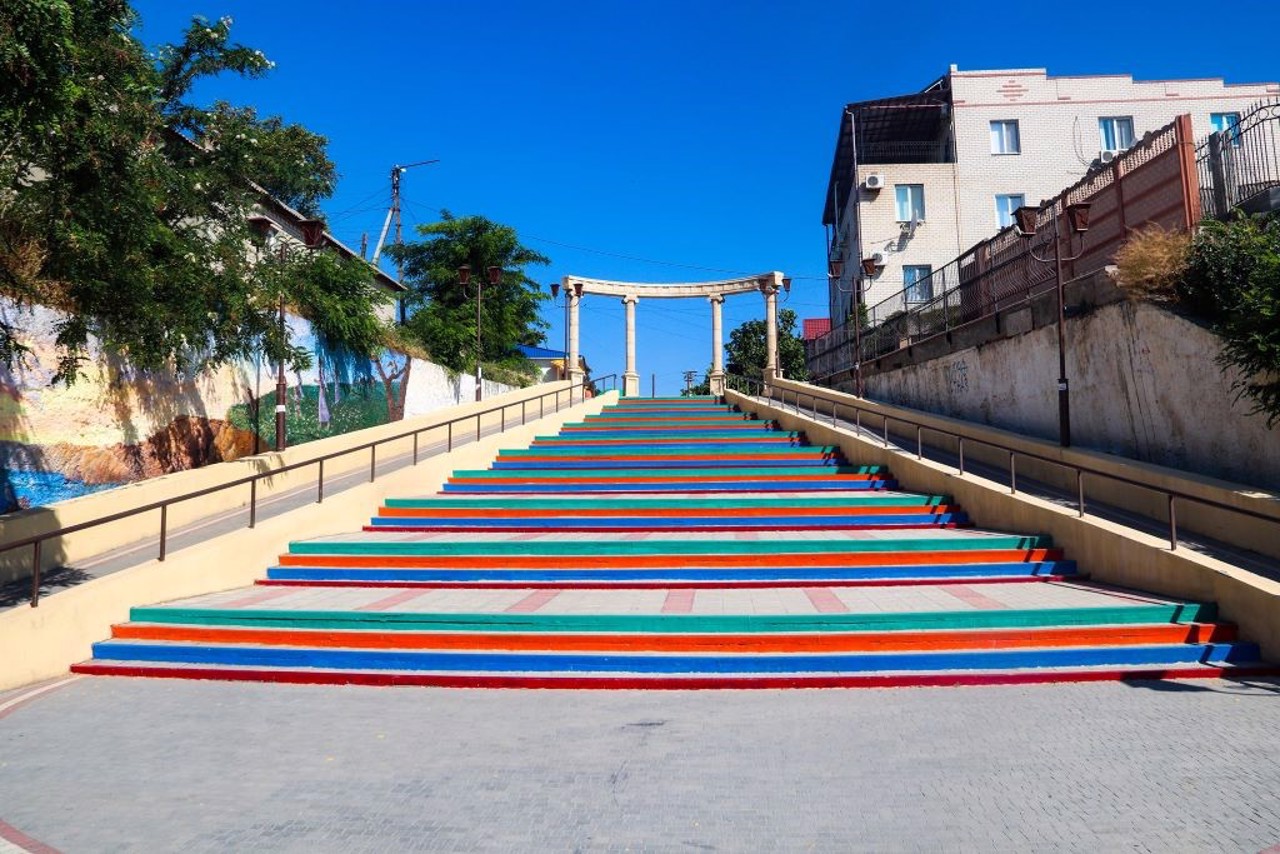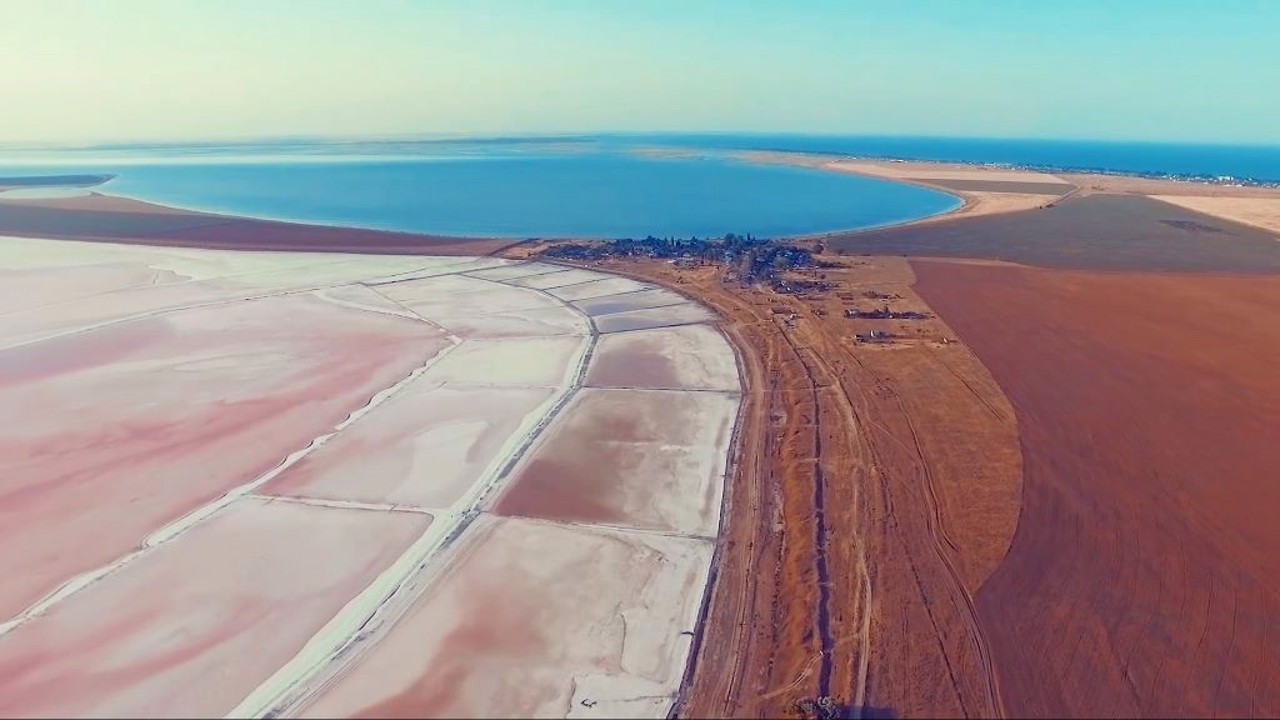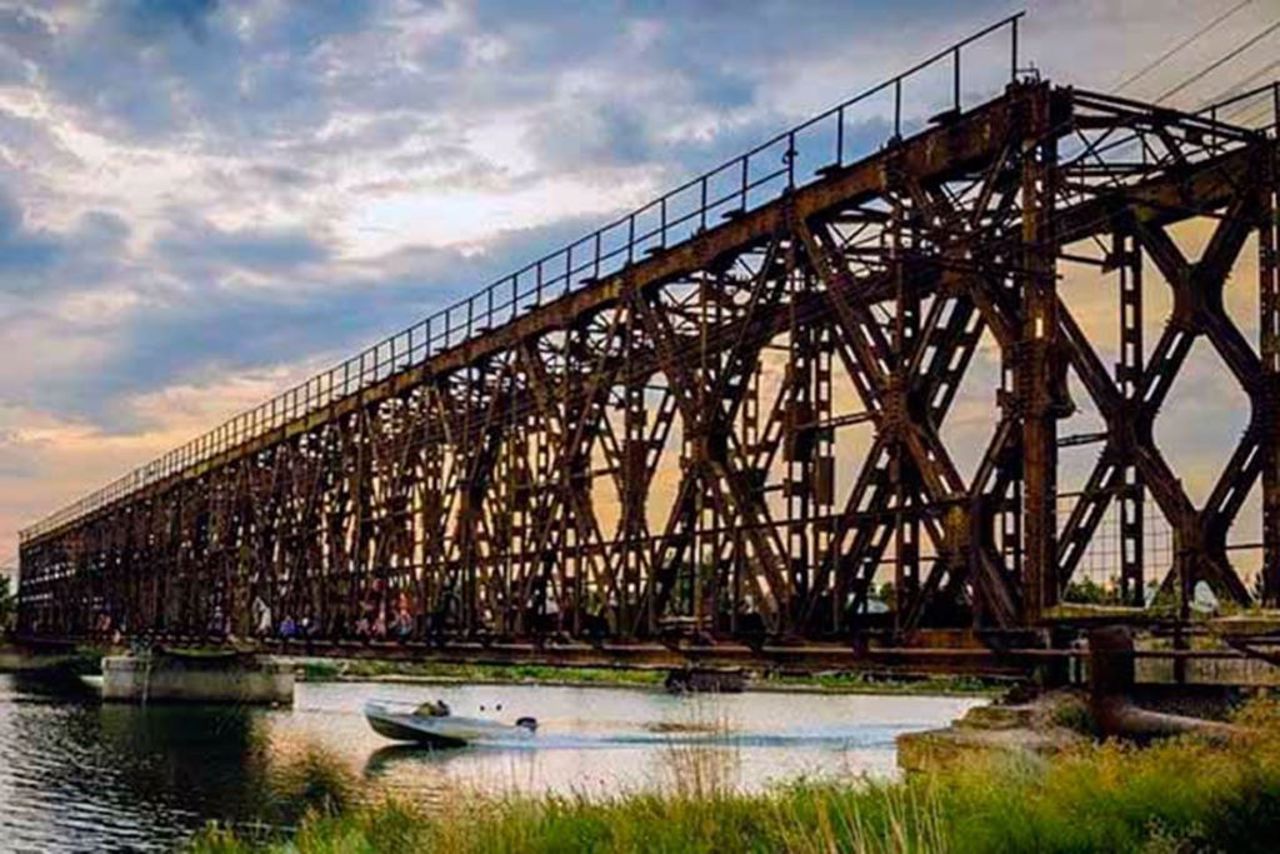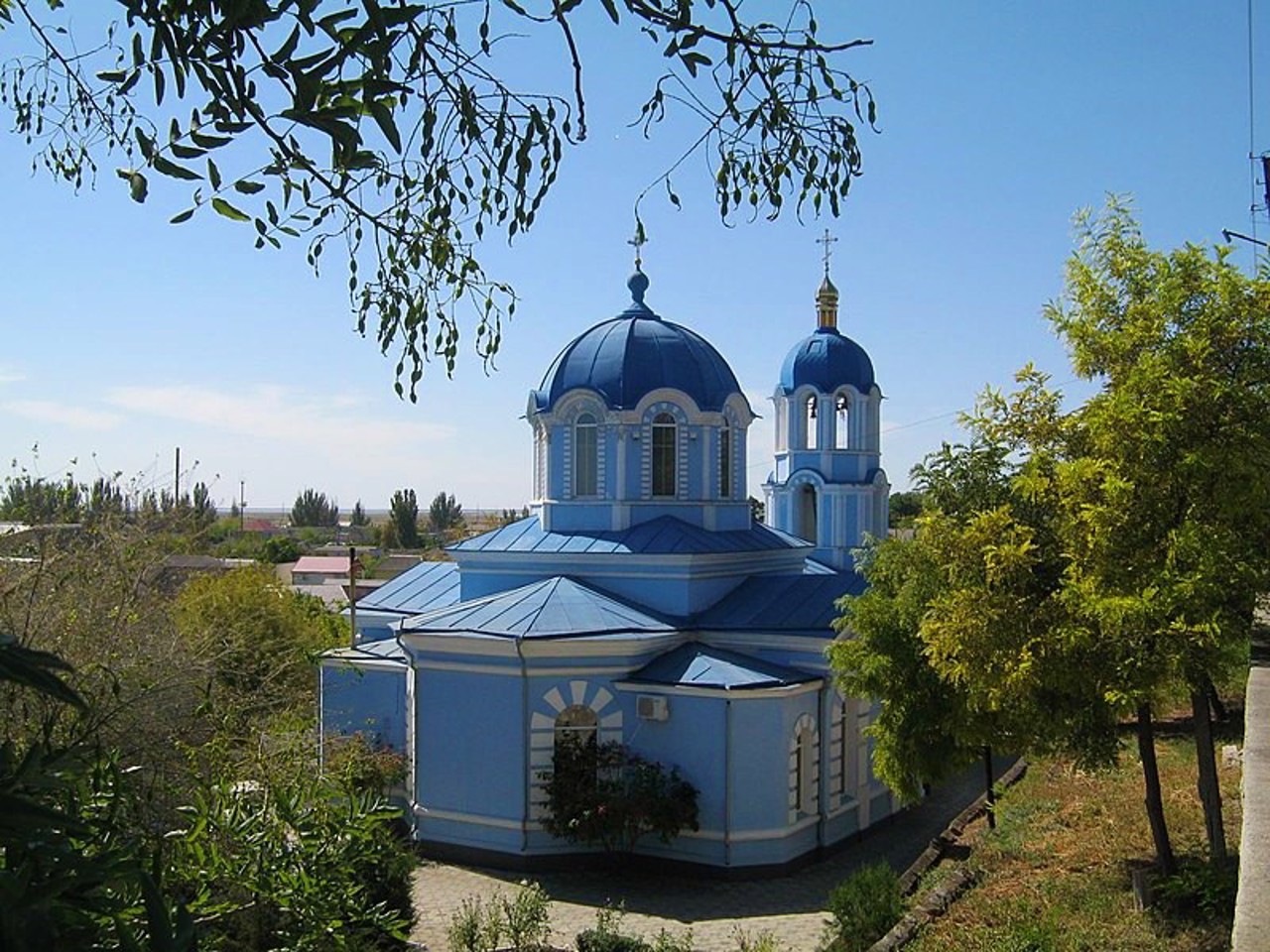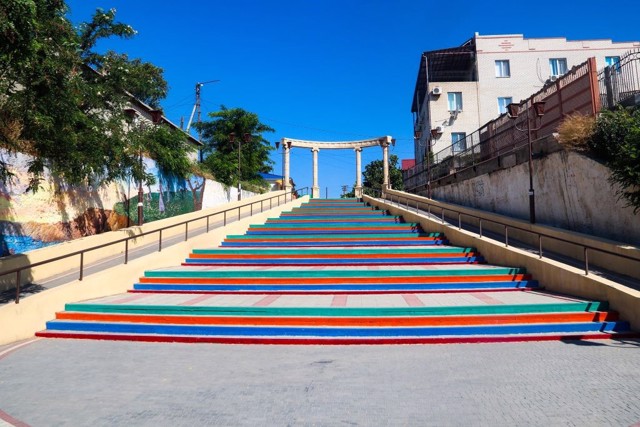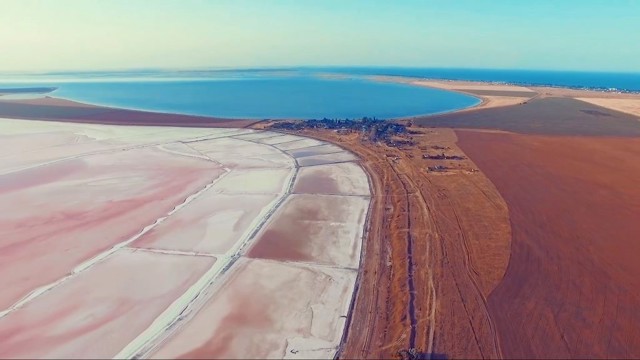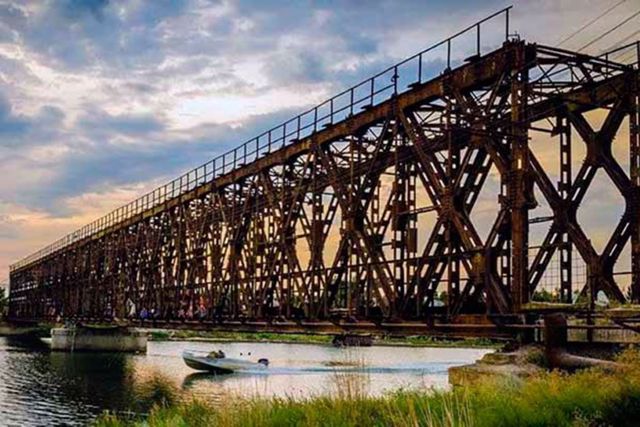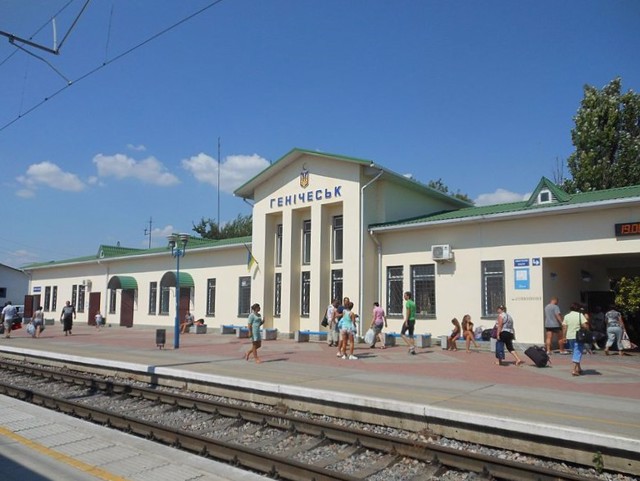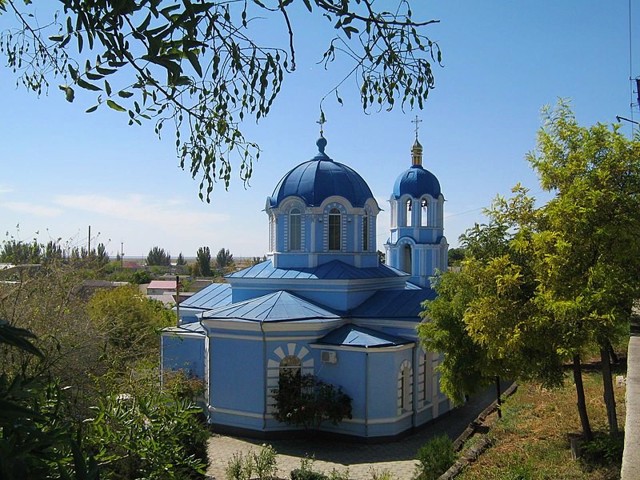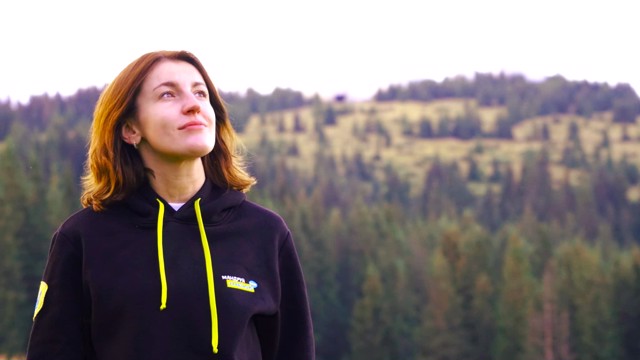Functional temporarily unavailable
General information about Henichesk
The port and resort town of Henichesk is located on the shores of the Sea of Azov, at the base of the Arabat Spit.
It arose in 1784 as a crossing and border fortification on the site of the Turkish fortress of Enichi (1703). Named from the Turkic "Henich" (thin), which characterized the narrowness of the Arabat Spit.
The remains of the fortress wall are located on a hill in the courtyard of the House of Culture, which is located in the building of the former "Gigant" theater. The Church of the Nativity of the Virgin (1905) was restored after two robberies. An arched gate (1909) has been preserved from the estate of the landowner Roman Kalymbet, behind which is the building of the former inn.
Henichesk is now known as a seaport and a popular resort ...
The port and resort town of Henichesk is located on the shores of the Sea of Azov, at the base of the Arabat Spit.
It arose in 1784 as a crossing and border fortification on the site of the Turkish fortress of Enichi (1703). Named from the Turkic "Henich" (thin), which characterized the narrowness of the Arabat Spit.
The remains of the fortress wall are located on a hill in the courtyard of the House of Culture, which is located in the building of the former "Gigant" theater. The Church of the Nativity of the Virgin (1905) was restored after two robberies. An arched gate (1909) has been preserved from the estate of the landowner Roman Kalymbet, behind which is the building of the former inn.
Henichesk is now known as a seaport and a popular resort with sandy beaches and a shallow, warm sea.
Портове і курортне місто Генічеськ розташоване на березі Азовського моря, біля основи Арабатської стрілки.
Виникло в 1784 році як переправа та прикордонне укріплення на місці турецької фортеці Еничі (1703 рік). Назване від тюркського "Геніч" (тонкий), що характеризувало вузькість Арабатської стрілки.
Залишки кріпосної стіни знаходяться на узвишші у дворі Будинку культури, який розташований в будівлі колишнього театру "Гігант". Церква Різдва Богородиці (1905 рік) відновлена після двох пограбувань. Від садиби поміщика Романа Калімбета збереглася арочна брама (1909 рік), за якою знаходиться будівля колишнього заїжджого двору.
Зараз Генічеськ відомий як морський порт і популярний курорт з піщаними пляжами і мілким теплим морем.
Сплануй своє перебування у Henichesk
What to see and where to go in Henichesk
Tourist attractions and museums of Henichesk
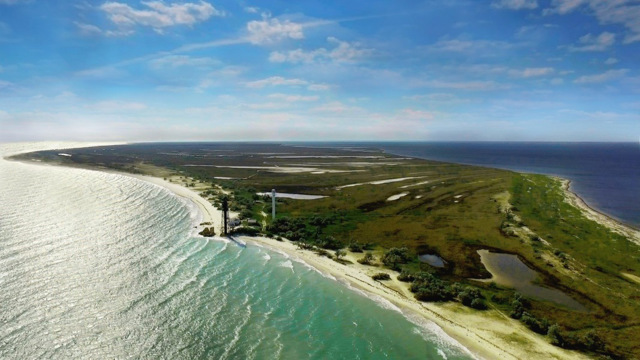
Byriuchyi Island
Natural object , Reserve
Byriuchyi Island is the extended southeastern edge of the Fedotova Spit, from which it was separated by a small strait until 1929, which is why it is called an island.
Now Byriuchyi Island is connected to the mainland by a dry isthmus. The dimensions are approximately 20 by 5 kilometers.
According to legend, Byriuchyi Island was built by order of Peter I. The name can be interpreted as "Wolf Island" (biryuk - lone wolf). Perhaps once wolves really lived on the island, but now the main inhabitants are deer, brought in 1928 from Askania-Nova. There are also steppe saiga antelopes, hares and foxes, raccoon-like Ussuri dogs and pheasants.
The Azov-Syvaskyi National Nature Park was created on the territory of Byriuchyi Island. Research work on acclimatization of new plants and animals is being carried out. A special permit from the reserve administration is required for an excursion visit.
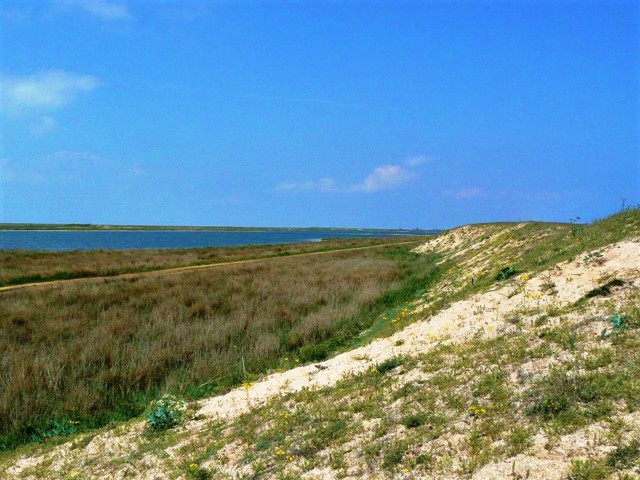
Arabat Spit
Natural object , Rest on the water , Beach
Arabat Spit (or Arabat Arrow) is the largest sand spit in Ukraine, which separates the Black Sea Bay of Sivash from the Sea of Azov.
It was formed as a result of sand washing 850 years ago. Length - about 115 kilometers, width - from 270 meters to 8 kilometers. On the continental side, it starts from the port city of Henichesk, near the base on the Crimean side - the ruins of the Turkish Arabat fortress (1651), taken by Russian troops in 1771.
Arabat Spit is a popular and inexpensive resort area, with about 100 health resorts. The entire eastern part of the spit is a continuous sandy beach, the western part is the Sivash Bay with unique healing mud and salts.
In the area of the village of Shchaslyvtseve there is a thermal spring of healing mineral water.
The concrete highway from Henichesk only reaches the village of Strilkove, further traffic on the dirt road, nicknamed the "washing board", is very difficult.
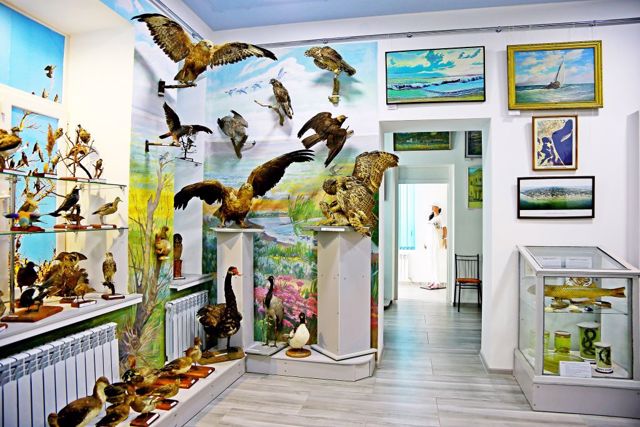
Henichesk Local Lore Museum
Museum / gallery
The Henichesk Museum of Local Lore presents an interesting collection dedicated to the history of the city of Henichesk.
There are 2 dioramas in the "Nature of the Land" hall: "Sea of Azov" and "Biryuchy Island".
Among the unique exhibits of Henichesk Local Lore Museum: stele of the Sarmatian period, bones of a southern elephant (mammoth), ancient amphorae, paintings by the people's artist Kupriyanov, archival documents from the period of fascist occupation, everyday life, clothes, dishes of the XVIII-XIX centuries.
A special exhibit is the wooden bow decoration of the medieval vessel "Head of Tour" (X-XI centuries), which is a tourist symbol of Henichesk.
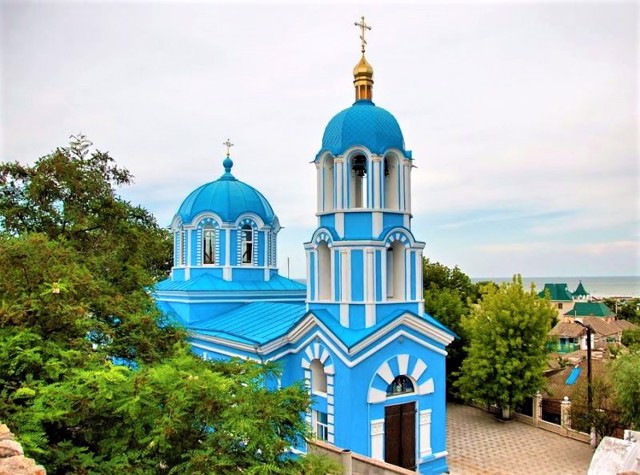
Nativity of Holy Virgin Church
Temple , Architecture
The Church of the Nativity of the Holy Virgin began to be built in 1905 at the men's monastery, which was founded in Henichesk by the old beggar Sozontiy, who was considered blessed.
The church was built in the Rus-Byzantine style.
During Soviet times, the temple was preserved, although it was used as a gymnasium and granary.
In 1989, the church was opened again, restoration was carried out.
Henichesk in news and blogs
Reviews Henichesk
Geographical information about Henichesk
| {{itemKey}} | {{itemValue}} |
|---|---|
| Region |
Kherson |
